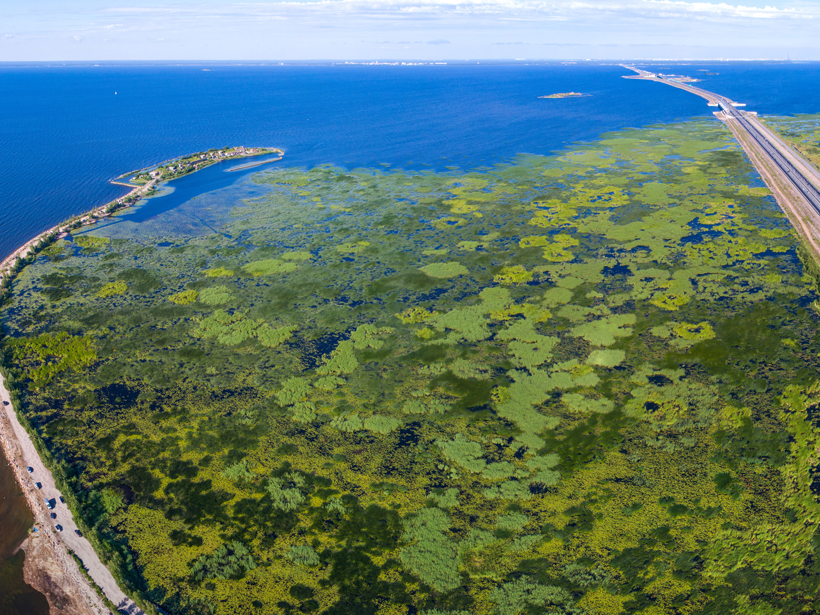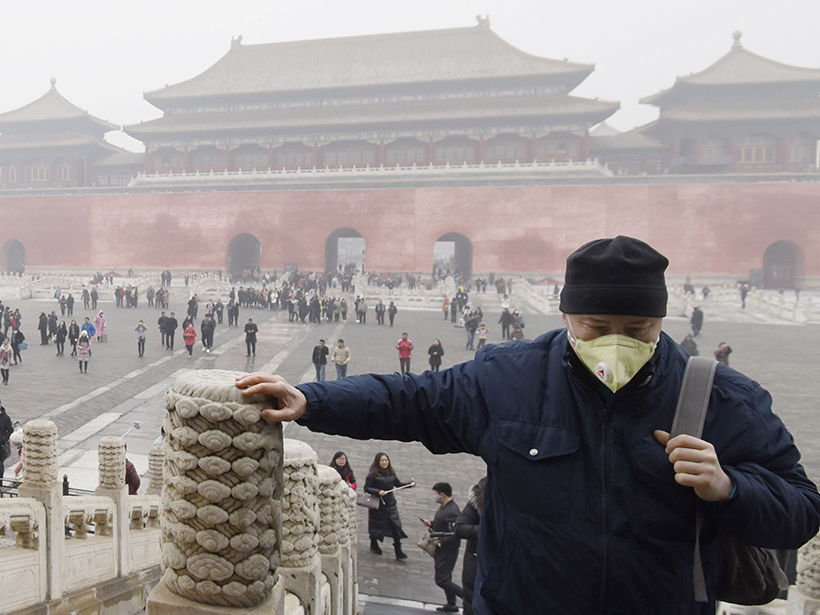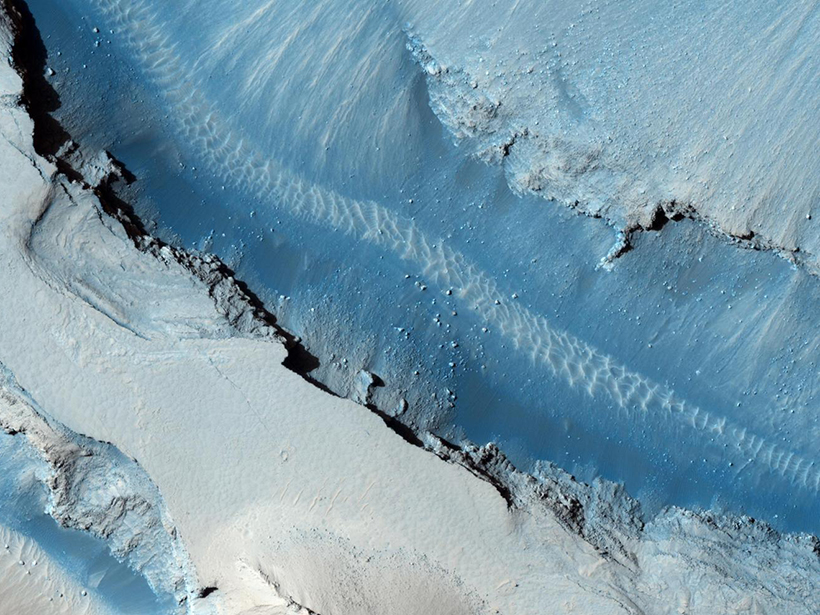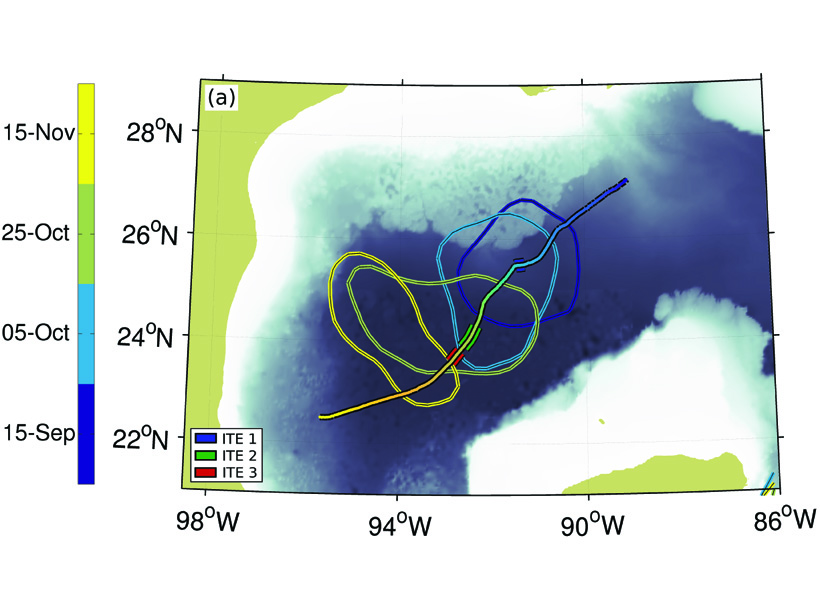From the soaring peaks of the Himalayas to Baltic algae blooms, Earth-observing satellites showcase the breathtaking and seemingly tactile beauty of our planet.
CC BY-NC-ND 2018
AGU Launches New Mentoring Program for Early-Career Scientists
A new community-based mentoring program pairs groups of early-career scientists with senior scientist mentors in a yearlong virtual mentoring relationship.
Human Activities Create Corridors of Change in Aquatic Zones
Canals, dammed reservoirs, irrigation ditches, and pollution are changing species diversity, microbial communities, and nutrient levels in aquatic zones across the planet.
Scientists Meet to Review Preparations for Satellite Launch
Center for Satellite Applications and Research JPSS 2017 Annual Science Team Meeting; College Park, Maryland, 14–18 August 2017
Heavy Air Pollution May Lower Cognitive Test Scores
A new study found that verbal and math test scores in China dropped with reduced air quality. The effects were especially pronounced for men and elderly populations.
Landslide Database Reveals Uptick in Human-Caused Fatal Slides
Records of nearly 5,000 landslides around the world show that human activities like construction, illegal mining, and hill cutting are increasingly responsible for fatal slides, particularly in Asia.
Searching for Signs of Marsquakes
Researchers use high-resolution images of Mars’s surface to look for signals of coseismic displacement.
Smaller Eddies Found Within Eddies
A glider survey observed three small eddies embedded within a larger scale eddy associated with the Loop Current in the Gulf of Mexico.
How Landslides Become Disasters
A new modeling platform, tested on two recent natural disasters, simulates conditions that dump landslide debris into rain-swollen rivers, often causing more damage than the landslides themselves.
Recognizing Contributions and Giving Credit
AGU is working with other leading publishers to implement common standards for authorship and recognize and value specific contributions across cultures.










